- Home
- Test Instruments
- Electronic Bench Testing
.....Read More

Antistatic Safety Equipment
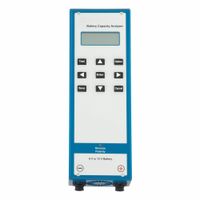
Battery Capacity Analyzers & Accessories
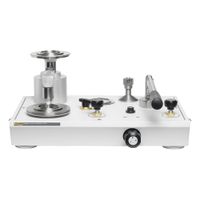
Bench Pressure Calibrators

Bench Testing Power Supplies & Accessories
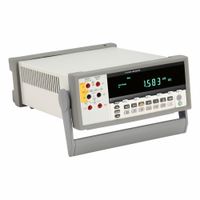
Bench Type Digital Multimeters

Bench Type Oscilloscopes

Data Acquisition Systems & Accessories
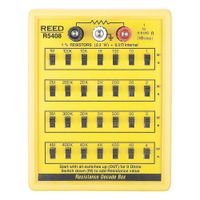
Decade Boxes
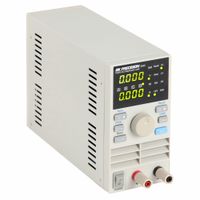
Electronic Loads
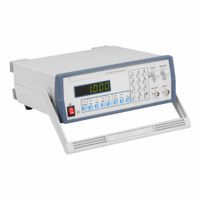
Function & Pulse Generators

LCR Meters

Spectrum Analyzers & Accessories
Frequently Asked Questions
What is electronic bench testing and how does it work?
How do bench testing power supplies convert AC to DC power?
What are the benefits of using bench testing equipment over compact models?
How do battery capacity analyzers determine remaining voltage?
What is the role of antistatic safety equipment in electronic testing?
How do bench pressure calibrators ensure accurate measurements?
What features should I look for in a bench type digital multimeter?
How do LCR meters measure inductance, capacitance, and resistance?
What is the purpose of function and pulse generators in electronic testing?
How can I protect sensitive electronics from electrostatic discharge during testing?